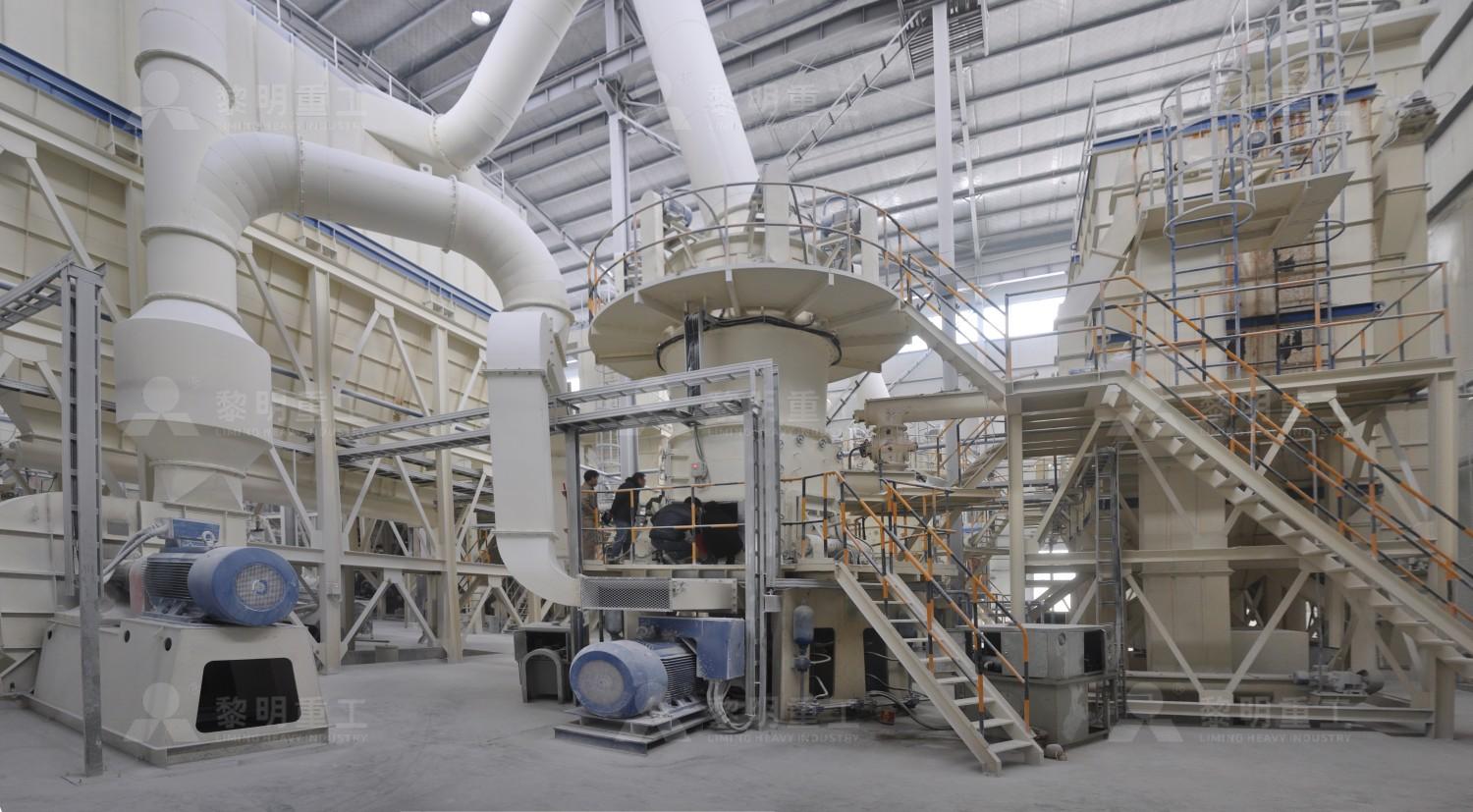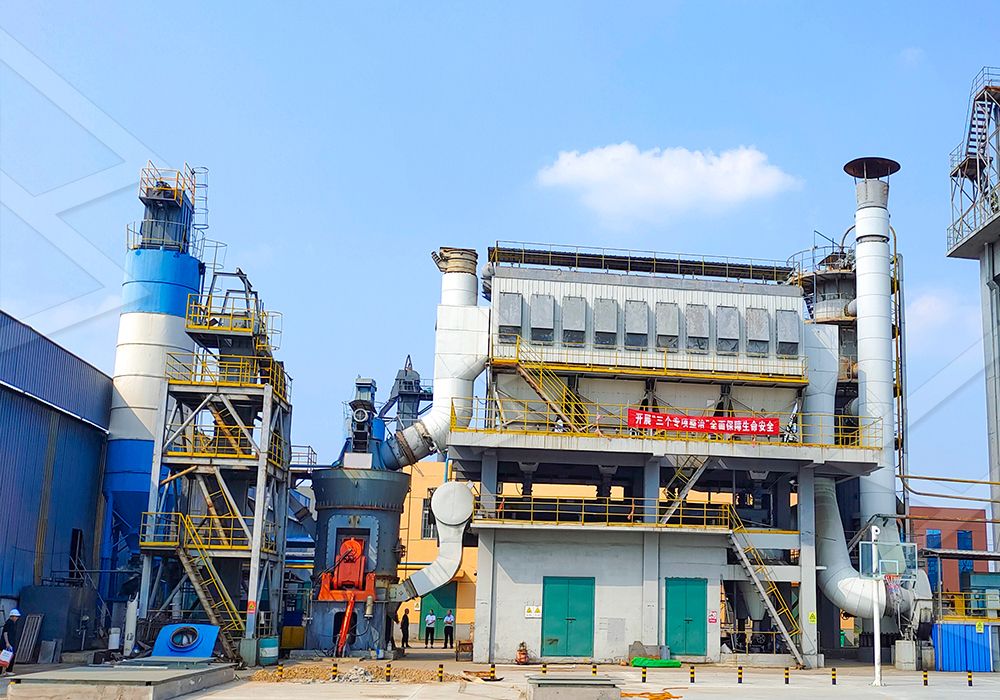Troubleshooting Low Main Motor Current in Vertical Roller Mills
Troubleshooting Low Main Motor Current in Vertical Roller Mills
Experiencing lower-than-expected main motor current in your vertical roller mill (VRM) is more than just a curious reading on the control panel; it’s a direct symptom of an underlying process inefficiency that impacts your bottom line. This condition typically indicates that the grinding mill is not working at its designed capacity, leading to reduced throughput, poor utilization of energy, and ultimately, lost production. Let’s break down the common culprits and walk through a systematic approach to diagnosis and resolution.
Understanding the Symptom: What Low Amperage Really Means
The main motor current is a direct reflection of the grinding force or load within the mill. When the grinding rollers are effectively compressing and grinding the material bed on the table, the motor works harder, drawing more current. Conversely, a persistently low current reading signals that this fundamental grinding action is being compromised. The mill is essentially “running light.”

Primary Causes and Diagnostic Steps
A methodical investigation is key. Start with the most frequent issues before moving to more complex possibilities.
1. Insufficient or Unstable Material Feed
This is the most common cause. The grinding process requires a consistent and adequate layer of material on the grinding table to form a stable bed for the rollers to press against.
- Check the Feeder: Inspect your belt feeder, rotary feeder, or screw conveyor for blockages, slippage, or mechanical faults. Verify the feed rate setpoint against the actual mass flow.
- Monitor Bed Depth: An unstable or thin material bed will cause the rollers to bounce or operate inefficiently, preventing proper load transmission to the motor.
2. Inappropriate Grinding Pressure
The hydraulic system that applies pressure to the grinding rollers is critical. If the set pressure is too low, the rollers cannot exert sufficient force on the material.
- Verify Hydraulic Pressure Settings: Cross-reference your operational settings with the mill manufacturer’s recommended parameters for your specific material.
- Inspect the Hydraulic System: Look for leaks, faulty accumulators, or failing pumps that could prevent the system from building or maintaining the required pressure.
3. Poor Material Grindability or Moisture Content
The characteristics of the feed material itself can drastically change the mill’s load.
- Material Too Easy to Grind: If the raw material is softer than the mill was tuned for, it may not provide enough resistance, leading to low current.
- High Moisture Content: Excess moisture can lead to improper drying within the mill, causing material to stick and clog, disrupting the formation of a uniform grinding bed. Ensure your gas inlet temperature is high enough to handle the moisture load.
4. Worn or Damaged Grinding Components
Over time, the grinding elements wear down, changing the geometry and efficiency of the grinding process.
- Inspect Rollers and Table Liners: Severe wear can reduce the effective grinding angle and contact area. Check for uneven wear patterns or cracking.
- Check the Dam Ring: A worn or low dam ring will fail to retain a sufficient material bed on the table, allowing material to spill over without being properly ground.

Looking for a Modern Solution?
If recurring issues with process stability and efficiency are plaguing your operations, it may be time to consider a technological upgrade. Modern mills are designed with advanced features that inherently mitigate many of these classic problems.
For operations requiring ultra-fine powders, our MW Ultrafine Grinding Mill presents a robust solution. Engineered for higher yielding and lower energy consumption, its newly designed grinding curves enhance efficiency significantly. With a capacity range of 0.5-25 TPH and the ability to adjust fineness between 325-2500 meshes, it offers remarkable flexibility. A key design advantage is the absence of rolling bearings and screws in the grinding chamber, eliminating common failure points and concerns about loose components causing damage. Furthermore, its efficient pulse dust collector ensures eco-friendly operation, addressing both performance and environmental standards seamlessly.
Systematic Approach to Restoration
- Data Review: Analyze historical trends for motor current, pressure, vibrations, and feed rates to pinpoint when the issue started.
- Visual and Mechanical Inspection: Conduct a thorough internal inspection during the next scheduled shutdown.
- Parameter Adjustment: Systematically adjust one variable at a time (e.g., feed rate, grinding pressure) while monitoring the motor current response.
- Seek Expert Support: For persistent or complex issues, collaborate with the original equipment manufacturer or a specialized service team.

Frequently Asked Questions (FAQ)
Q1: Can low motor current damage the mill?
A: While not directly damaging like overloading, running with consistently low current indicates an inefficient process that can lead to accelerated wear on components due to potential roller bouncing and poor bed control. It also represents a significant loss in production potential.
Q2: We’ve checked everything, and the feed and pressure are correct. What else could it be?
A: A less common but possible issue is a problem with the separator. If the separator speed is set too high, it may be rejecting too much coarse material back to the grinding table, overloading the system in a way that destabilizes the bed and paradoxically reduces grinding efficiency, showing as low motor current. Check and optimize your separator settings.
Q3: How quickly should we respond to a low current alarm?
A: Promptly. It’s a key performance indicator. Investigate within the same shift to prevent prolonged operation at low efficiency, which wastes energy and loses valuable production time. Early intervention often prevents secondary issues from developing.
Q4: Are there mills designed to be more resilient to these feed and pressure fluctuations?
A: Yes, newer generation mills like our LUM Ultrafine Vertical Grinding Mill incorporate features such as double position-limiting technology to prevent destructive impacts from vibration and reversible structures for easier maintenance. They are designed with advanced control systems for more stable operation under varying conditions, making them less susceptible to the issues that cause low motor current.
